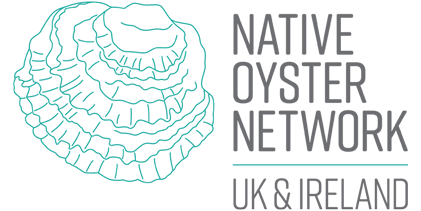ReMeMaRe 2023: Seascape Restoration
During the recent ReMeMaRe 2023 conference in July Professor Joanne Preston delivered a presentation “Developing the evidence base and consensus to achieve seascape scale restoration”, showcasing the work in developing a seascape restoration statement, following the ZSL Symposium: Ecological connectivity across temperate coastal habitats. During the presentation at ReMeMaRe, Joanne launched a draft Seascape Restoration Statement, which is now open and available to consultation. Once finalised, the Seascape Restoration Statement will be adopted by ReMeMaRe in its advocacy and aims to support bigger, better and more connected restoration at the seascape scale. It will also contain a definition of what is meant by a Seascape.
If you would like to provide feedback on draft definitions below, please follow the link to submit your comments in the form provided. Feedback link: ReMeMaRe 2023: Seascape Restoration (office.com)
Draft definition of a Coastal Seascape:
The physical mosaic of interacting habitats occupying the coastal marine environment in time and space. This seascape is ecologically and physically connected via a body of water that facilitates the movement and flow of organisms, genetic material, matter and energy between habitats. The quality, scale and distance between patches of different habitats will affect the connectivity and functioning of coastal ecosystems, and therefore their ability to support coastal trophic webs, marine biodiversity and the flow of natural processes (such as carbon sequestration or denitrification). Connectivity across the seascape operates at scales of 1’s m to 10’s km and extends from the intertidal to the shallow coastal shelf seas (1 nm and biogenic habitats up to 80 m depth). The mosaic of habitats within this seascape act as an important boundary where processes from the land and sea interact and provide protective buffers for nature and people.
Draft Seascape Restoration Statement:
Everything in nature is connected and interdependent. The seascape, as a concept, is rooted in this understanding that marine ecosystems are dynamic, heterogeneous, and interconnected mosaics of habitats and communities. Unlike terrestrial landscapes, the habitats within a seascape are connected by an ever moving body of water through which fish, larvae, genetics, seeds, carbon, nutrients and energy flow constantly. This perspective transcends traditional boundaries and encompasses not only the physical and biological components of the marine environment, but also the complex relationships among them, including ecological, evolutionary, and anthropogenic processes. Fundamentally, the seascape approach recognises that because of the connectedness and interdependence of coastal habitats, to only restore single habitats will fail to restore the trophic webs, biodiversity and full functioning that depends on the existence of a healthy mosaic of coastal habitats and the feedback loops that occur between them. Recognizing the interconnected nature of these systems, allows for more effective and holistic management, conservation, and restoration strategies. It is proposed here that a seascape approach is the key to restoring healthy and functioning coastal ecosystems, because restoring functional, structural and ecological connectivity is crucial for successful recovery and restoration (Prof Joanne Preston, 2023).


